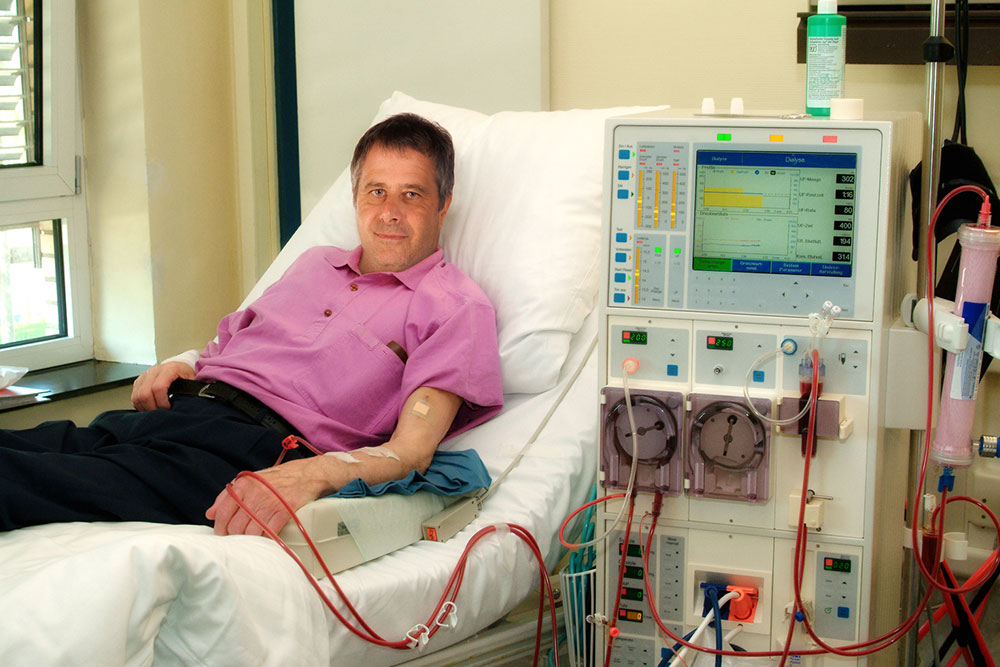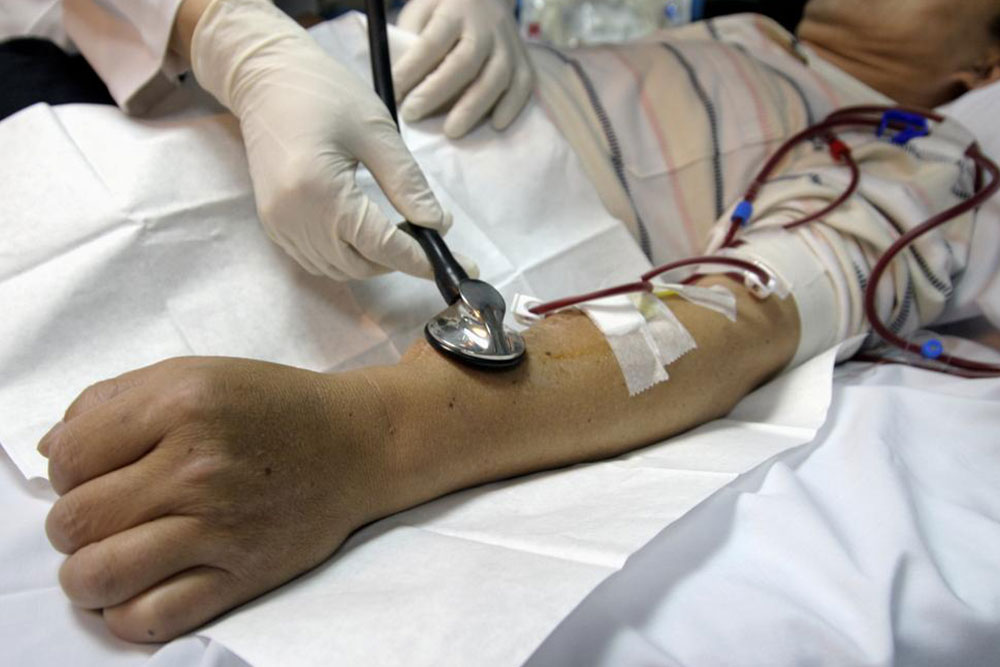Comprehensive Overview of Kidney Dialysis and Its Importance in Kidney Failure Treatment
This comprehensive guide explains the essentials of kidney dialysis, its different types, associated risks, dietary tips, costs, and its crucial role in managing kidney failure. It helps patients understand how dialysis supports their health, the variety of procedures available, and what to expect during treatment, ensuring better adherence and quality of life.

Comprehensive Overview of Kidney Dialysis and Its Role in Managing Kidney Failure
When kidneys lose their ability to filter waste and excess fluids effectively, dialysis becomes a crucial intervention. This therapy performs the essential functions of the kidneys externally, helping to maintain balanced electrolytes, remove toxins, and control fluid levels, thereby preventing harmful buildup. Dialysis also supports blood pressure regulation and electrolyte balance, which are vital for overall health.
As a form of renal replacement therapy, dialysis substitutes many kidney functions. However, it does not replicate certain roles like hormone production or metabolite secretion. Typically, healthy kidneys filter around 120 to 150 quarts of blood daily; dialysis prevents toxin buildup and helps maintain safe chemical levels in the bloodstream when kidneys fail.
Types of Kidney Dialysis
Peritoneal Dialysis - Cleanses blood by filtering waste through the abdominal membrane, offering a slower process that patients can perform at home for greater independence.
Intermittent Hemodialysis - Uses a machine to filter blood outside the body over several hours, suitable for stable patients without severe coexisting conditions.
Continuous Renal Replacement Therapy (CRRT) - Operates continuously over 24 hours, primarily used in intensive care for critically ill patients.
Risks Associated with Dialysis
Higher susceptibility to infections
Potential for weight gain
Mental health challenges and depression
Lowered blood cell counts leading to anemia
Electrolyte disturbances, such as elevated potassium
Discomforts including muscle cramps, itching, sleep issues, and joint pain
Diet Tips During Dialysis
Nutrition supports effective treatment. Patients should prioritize high-protein foods like meats to ensure adequate amino acids. Limiting sodium and potassium-rich foods can prevent complications. Fluid intake should be carefully managed to avoid excess fluid retention.
Financial Aspects of Dialysis
Each session lasts 3 to 5 hours, with treatments typically happening three times weekly. The annual cost for uninsured patients can reach up to US$72,000. In the U.S., patients often pay around US$114 per session for dialysis and medications, emphasizing the financial burden of ongoing therapy.
Goals and Benefits of Dialysis
Although it does not cure kidney disease, dialysis is vital for removing toxins and maintaining chemical balance until transplantation. Wearing comfortable clothing during treatments can enhance patient comfort and overall well-being.


